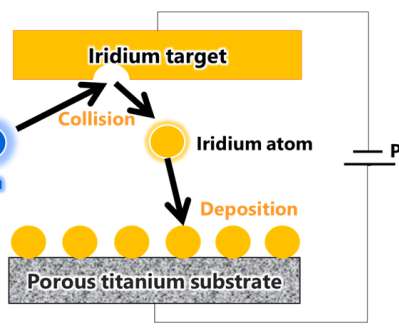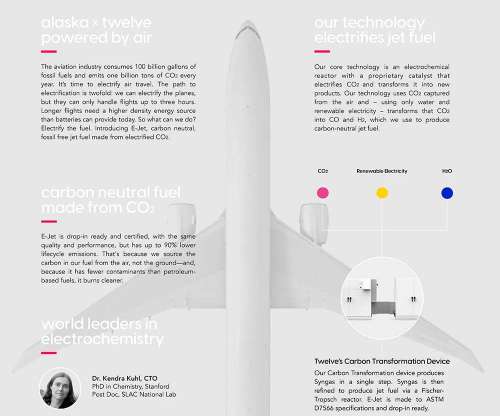Toshiba’s new large-scale production technology for electrolysis electrodes cuts iridium use to 1/10
Green Car Congress
OCTOBER 10, 2022
P2G uses electrolysis of water to convert renewable energy into hydrogen, for storage and transportation to where it is needed. Polymer Electrolyte Membrane (PEM) electrolysis is seen as a highly promising conversion method, as it is reacts rapidly to power fluctuations and is highly durable.









































Let's personalize your content